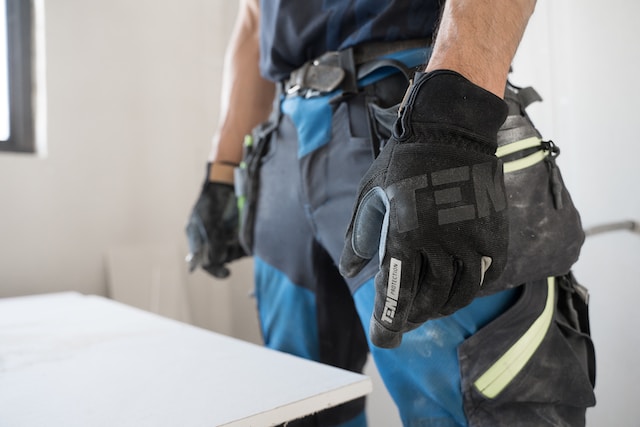Last updated on December 13th, 2023 at 12:13 pm
Regular maintenance is important to ensure your boiler stays in top condition.
A boiler service is a comprehensive inspection and cleaning process that helps identify potential issues, optimise performance, and prolong the lifespan of your heating system.
In this article, we will delve into the various steps involved in a typical boiler service. If you’re not sure where to find a technician, read our guide on where to find a boiler engineer.
1. Initial Assessment and Preparation
Before diving into the service, a trained technician will perform an initial assessment of the boiler.
Proper preparation ensures that the service is tailored to the specific needs of your boiler and the home it is heating.
2. Visual Inspection
The technician will begin the service with a thorough visual inspection of the boiler.
If the technician isn’t happy, they might suggest you invest in a new boiler. Read our guide around the costs and considerations of getting a new boiler.
3. Combustion Analysis
Next, the technician will analyse the combustion process of the boiler.
This involves measuring the levels of carbon monoxide and other harmful gases that may be emitted during the combustion process. Adjustments may be made to enhance efficiency, reducing both energy consumption and emissions.
4. Cleaning and Maintenance
One of the most important aspects of a boiler service is cleaning and maintenance.
The technician will dismantle the boiler to access key parts, such as the burners, heat exchanger, and flue. These parts can build up dirt, soot, and debris over time, leading to lower efficiency and potential breakdowns. A thorough cleaning ensures that the boiler operates at its peak performance.
5. Inspection of Safety Devices
Boilers are equipped with various safety devices to prevent hazards such as overheating and gas leaks.
During a service, the technician will test and inspect these safety mechanisms to make sure they are functioning correctly.
6. Testing and Calibration
After cleaning and maintenance, the technician will test and set various boiler settings.
This includes adjusting the thermostat, pressure levels, and water flow rates to ensure the best performance. Proper calibration helps maintain a comfortable indoor temperature without burning too much energy.
7. Sealing and Reassembly
Once all necessary adjustments have been made, the technician will carefully seal and reassemble the boiler. Proper reassembly ensures that all components are properly aligned and securely fastened, minimising the risk of leaks and malfunctions.
8. Efficiency Assessment
To gauge the effectiveness of the service, the technician may conduct efficiency assessments.
This involves measuring the boiler’s efficiency before and after the service. An improvement in efficiency shows that the service has increased the boiler’s performance and reduced energy consumption.
9. Future Maintenance Planning
Lastly, the technician may discuss future maintenance planning with you. Regular boiler servicing is important to prevent unexpected breakdowns and ensure efficiency.
The technician can help you establish a maintenance schedule tailored to your boiler’s needs.
Conclusion
In conclusion, a boiler service involves a series of steps designed to enhance the efficiency, safety, and longevity of your heating system. From initial assessment to future maintenance planning, each stage contributes to maintaining a well-functioning boiler that keeps your home comfortable and your energy bills in check.
Regular boiler servicing is a small investment that pays off in terms of performance, safety, and peace of mind.
Need a service? Our experts at Warmable can help set one up today.


